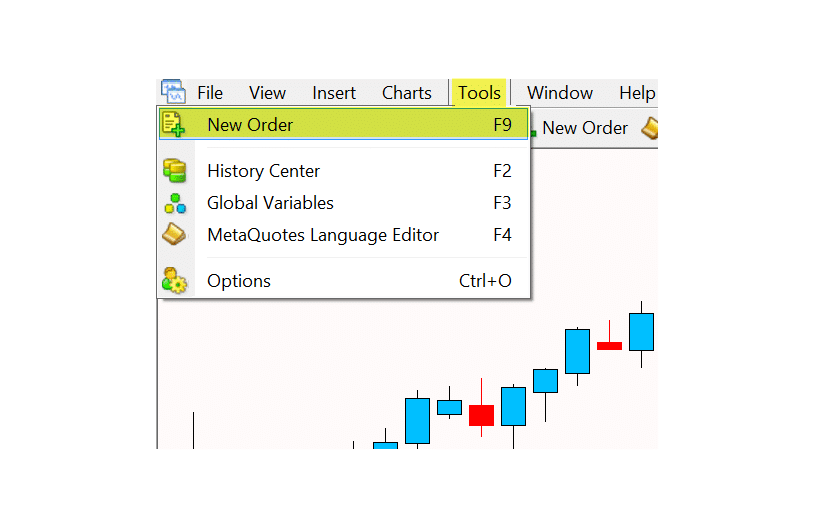
The Candlesticks Body represents the price range, open-to-close. Candlestick ChartĬandlesticks represent a type of price chart that displays the high, low, open, and closing prices of a security for a specific trading period. The reverse is valid, and the diminished value of the stock is seen in red. Comprehending the trading chart is straightforward if the left dash (open price) is lower than the right dash (closing rate), the bar will be colored in orange, black or blue, indicating a price rise and a valued instrument. The open value is a ‘dash,’ which is positioned on the left of the vertical bar, and the near price shown by a parallel horizontal line is on the right of the bar. There is no graphic data or spectrum of trade, which means no peaks and falls and nothing about opening rates.

In fact, the line chart is formed by linking the closing rates over a defined timeline. The closing price is also considered to be the most significant factor in the data analysis. This graph usually reflects just the closing price for the span of time. Line ChartĪ line chart represents a simple chart type that displays trends over time. They are unique and give certain kinds of information about the market it is on traders to comprehend it and make sense to earn profits.

Three main types of charts come forward when we talk about technical charts.

What are the Different Types of Trading Charts? It’s said that they’re trading in a spread. There is a third form of the movement that is sideways, horizontal, or flat.Īn extensive demand happens when the commodity price approaches the same highs (resistance level) and lows (support level) three times. When you learn of the bullish cycle, you’re looking at the general upward trend (presume a bull trying to charge), whereas the Bearish trend is a declining trend of downs (presume a bear hidden in the forest).

In short, the graph displays the market prices that exist between two financial products that are shown in a chart. We will start by knowing what the trading map is before we focus on trends and indicators. Also, traders tend to monitor news outlets that provide updates on economic activity, oil production, job data, interest rate shifts, and geopolitical drivers such as conflict and political uncertainty.


 0 kommentar(er)
0 kommentar(er)
